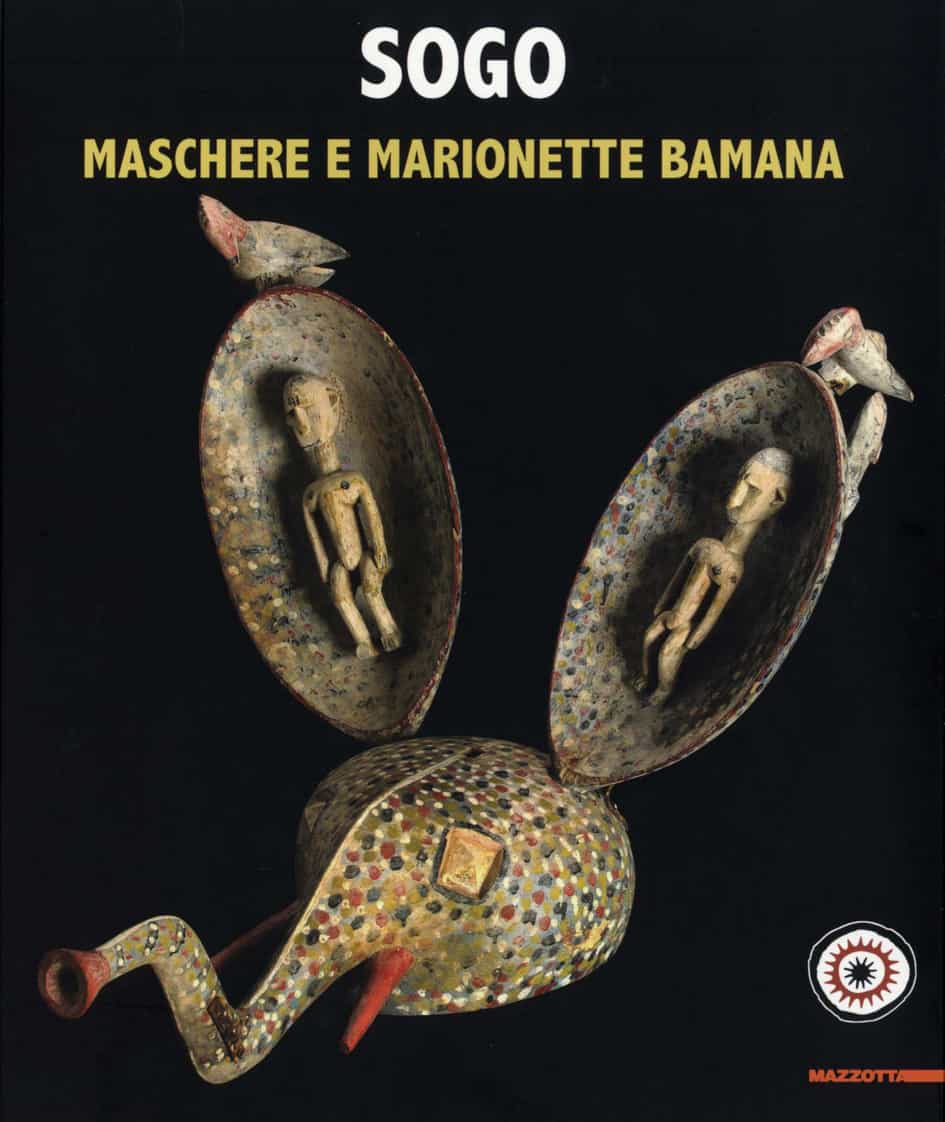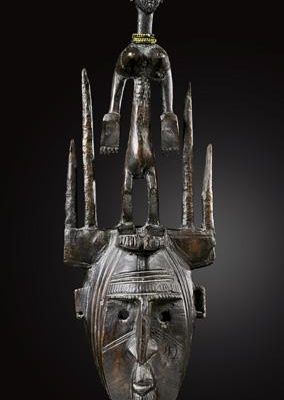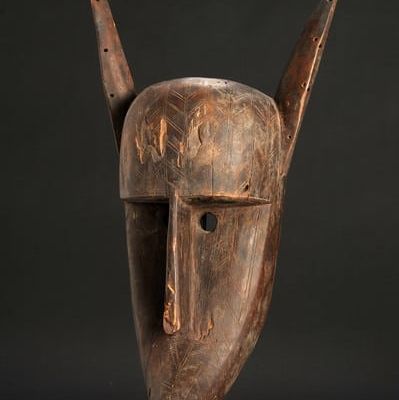HELENEUM – LUGANO
The exhibition at the Heleneum takes the visitor to the banks of the Niger River, south of Mali, to the Bamana people, whose theatrical tradition of the mask festival (sogo bò) is configured as a sort of mirror of the world where cultural dynamics, social relations and events are expressed and shared in the context of the staging of masked characters and puppets accompanied by songs, music and dances. This ancient tradition has been perpetuated over the centuries, albeit with changes and natural updates that go hand in hand with the life of the people, up to the present day. This is a nucleus of works from the first part of a generous donation made to MUSEC by Claude Everlé, a French gallerist and collector active in Dakar since the early 1970s. The leitmotif of the exhibition will present the characters and profiles of the puppets that most effectively express the milestones of Bamanian society and its educational and cultural processes and initiation into the practice of everyday life (most important of all are the rituals and masks linked to agricultural life). The 34 polychrome wooden works on display are small and large puppets and masked characters. A large number of the characters are zoomorphic and depict animals of the savannah that represent metaphors for human virtues and vices. Human beings and deities are also represented among the characters. The production of the works on display, with the exception of some earlier works, is set in the period immediately after Mali gained independence, i.e. after the 1960s. The exhibition is complemented by films and music recorded during a puppet performance in the village of Kirango.

Puppet Theatre and Bamana Culture
The first traces of puppet theatre date back to chronicles from the 14th century. It is a tradition that is still practised today and has managed to maintain its independence and distinctiveness over time through the Islamicisation of West African society, colonisation and evangelisation. The Bamana of Mali have for centuries honed the art of producing puppets and staging performances as part of festivals and ceremonies. Group masquerade and role-playing are part of a set of practices that are fundamental for life education, for the transmission of technical knowledge and the feeling of belonging to the community, for rites of passage and for social criticism. In this context, the puppet constitutes a fundamental vehicle for the transmission of knowledge and culture, and is a guarantor of the stability and continuity of community life. Within the Bamana culture, the central figure of reference is that of the ‘human being’, the ‘seed of the world’, but whose role is profoundly connected to that of the animals from which man derives his wisdom. The Bamana, in fact, observe the behaviour of wild animals in their environment in order to acquire knowledge and derive ‘laws’. The study of animal behaviour finds its rationale in local ideological conceptions, according to which God created animals before man and infused them with knowledge that is endlessly perpetuated from generation to generation to be learned by man.
The exhibition is the fruit of the collaboration with the collector and of the capillary research work that has seen MUSEC engaged for two years, the results of which, recognised also internationally, reaffirm the high level of professionalism of the Ticino museum, attentive and capable of responding to the new demands imposed by museum research.
The exhibition cycle “Altrarti” is dedicated to a monographic investigation of the complexity of the values of a particular expression of art and culture. Starting from the reading of its form through to the analysis of its meaning, its value and the context in which it operates, the work of ethnic art is studied from as many points of view as possible.




